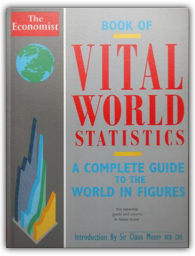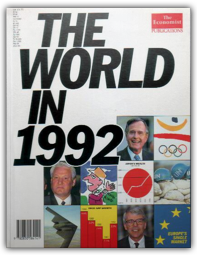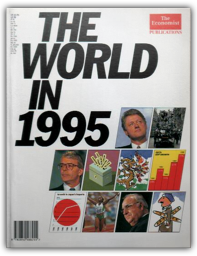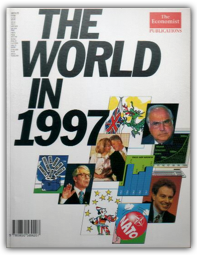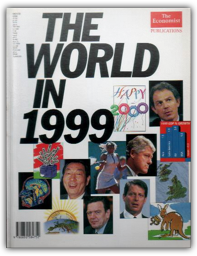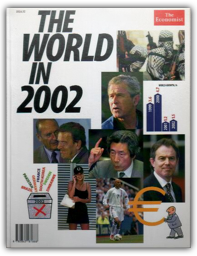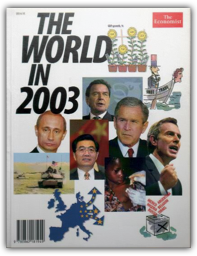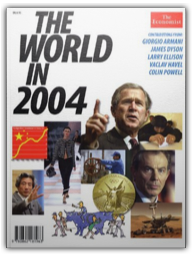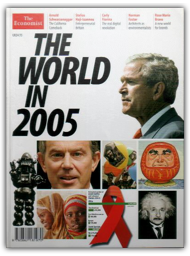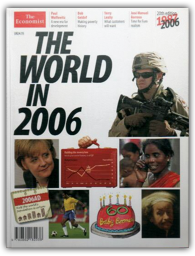Most newspapers and magazines issue their contributors with a style guide. Writers, be they on staff or freelance, then know whether a publication's house style requires % or per cent or commas in dates. Sometimes it's just a tatty sheet of typed A4 but since 1986 The Economist has developed its stylish Style Guide, through six editions, into a full length reference book.
Because English is such a vast and continuously evolving language—its vocabulary is double that of French and more than three times larger than German—it is open to multifarious use and all the old arguments about correctness or lack of it. The Economist unequivocally sets out its version of what is acceptable and why, usually conforming to Fowler's Modern English Usage and other good guides to getting it right. It also refutes dozens of common errors, stating firmly, for example, that "Data are plural" and that "Any one refers to a number; anyone to anybody."
Since its style guide is set out in such detail, it makes sense to publish it for the rest of the world, most of whom are not writers for The Economist but who simply want a succinctly witty guide to writing accurately. The first section focuses on minutiae such as distinguishing between a "little-used car" and a "little used-car". It also insists that "to never split an infinitive is quite easy" and, in English so impeccable that you have to read it twice to be sure, that "Frankenstein was not a monster, but his creator." After a section setting out rules governing American and British English this handy reference book provides a miscellany of useful information including abbreviations, currencies, calendars and conversions for metric and imperial measurements. —Susan Elkin
 The Economist Style Guide
The Economist
The Economist Style Guide
The Economist
 Made with Delicious Library
Made with Delicious Library
